Pumpkin Patch offers more than haunts
Amid the cornfields and along the crosshatches of county roads in Arthur sits a patch of agricultural diversity and local history.
Driving down the long, straight stretches of highway, passing jet-black buggies drawn by horses and carrying Amish residents, drivers might easily miss The Great Pumpkin Patch, one of the largest and most productive pumpkin patches in the state.
However, The Great Pumpkin Patch, located at 11749A CR 1900 N. in Arthur, is not what many visitors might expect when thinking of a pumpkin patch, general manager Mac Condill said.
Operating between Sept. 15 and Oct. 31 each year, the pumpkin patch encompasses the spirit and fruits of the season rather than the frights of the holiday, Condill said.
“We celebrate everything autumn; it’s all about the harvest. We’re not ghoulish,” he said.
Condill, a fifth-generation farmer, operates the 63-acre farm that grows nearly 400 varieties of cucurbits, which is the plant family that includes pumpkins, squash, gourds and melons.
“If you had to use one word to describe our place, we’d like it to be diversity,” Condill said, speaking over the loud clang of green toy wagons as children hauled their loads of cucurbits along.
Walking along a beaten dirt path lined with hand-painted wooden signs, visitors are met with a myriad of displays illustrating the diversity of cucurbits Condill grows.
One of the first structures to welcome visitors is the Wall ‘O Squash, a nearly 25-foot tower constructed of wooden crates that holds a large variety or cucurbits.
A long line of cucurbits winds two-by-two up a wooden bridge to a red wooden boat representing Noah’s Ark.
Each cucurbit has a unique look and vividly illustrates the diversity of Condill’s crop. Some are covered in warts and deep ridges; some are elongated and others stumpy.
“They’re funky and they’re fun and they’re tasty and they’re crazy and they’re bumpy, and they all have a history behind them,” Condill said.
Condill has such a large variety of cucurbits that he has been on “The Martha Stewart Show” three times and decorated for National Trick or Treat at the White House in October 2010.
In addition to the many displays of cucurbits are a number of activities for visitors both young and old to enjoy.
Klaus Koehne and Amy Birdwell, husband and wife of Mt. Zion, came to The Great Pumpkin Patch on a date, the fourth year they have done so.
After a lick of her bright orange pumpkin ice cream cone, Birdwell said she loves to wander the pumpkin patch’s many mazes, which include a corn maze, soybean maze, broom corn maze, and sunflower maze.
A chest-high mini maze constructed of hay bales also challenges the skills and patience of children, who dart quickly around the corners and leap to peak over the bales.
Children can also learn about the history of rural life by touring an authentic one-room schoolhouse and walking through a barnyard occupied by cages of pigs, ducks, goats and chickens.
As visitors wind past the animals’ cages, they pass under a high bridge that spans between the haylofts of two barns. “The Golden Goat Bridge” allows goats to walk freely between the two barns.
Condill said the joy the pumpkin patch brings visitors and the lessons they learn are the most rewarding parts of his job.
“Everything we do is to let people experience the farm, which not a lot of people to do anymore,” he said as he lifted a 6-week-old white lamb named Thomas from his cage, letting the lively animal trot at his side.
Ilana Scher, the wife of Eastern psychology professor, brought her three young children to the pumpkin patch and said the experience offered a chance to step out of the present and into a simpler time.
“It’s sort of genuine; you can get a sense of what a real farm might have looked like 100 years ago,” she said. “We live in such a Disneyland era, where everything is like video and it’s got to be super fast, and if there isn’t really loud music and there’s not a lot of car wrecks, it’s not interesting.”
According to the United States Department of Agriculture, Illinois is the leading producer of cucurbits in the Unites States.
Condill said he tries to illustrate that fact and the importance of cucurbits through his pumpkin patch.
“We feel that pumpkins, squash and gourds are underutilized and underappreciated, and our whole mission is to raise awareness that they are pretty stinkin’ cool,” he said
As well, Condill said he hopes to expose people to the variety of plant life that exists outside of the endless rows or corn, soybeans and wheat that dominate the Illinois landscape and to alert people to the disappearance of plant diversity in the United States.
“Back in the day, the ‘Three Sisters’ were corn, beans and squash, and so the Native Americans used to grow all of that,” Condill said.
However, today’s crops are grown for mass production with little concern for diversity, he said.
“No one is worried about nutritional value or taste or anything else, they just want something that’s marketable,” Condill said. “I think we’re going the wrong way.”
Tim Deters can be reached at 581-2812 or tadeters@eiu.edu.

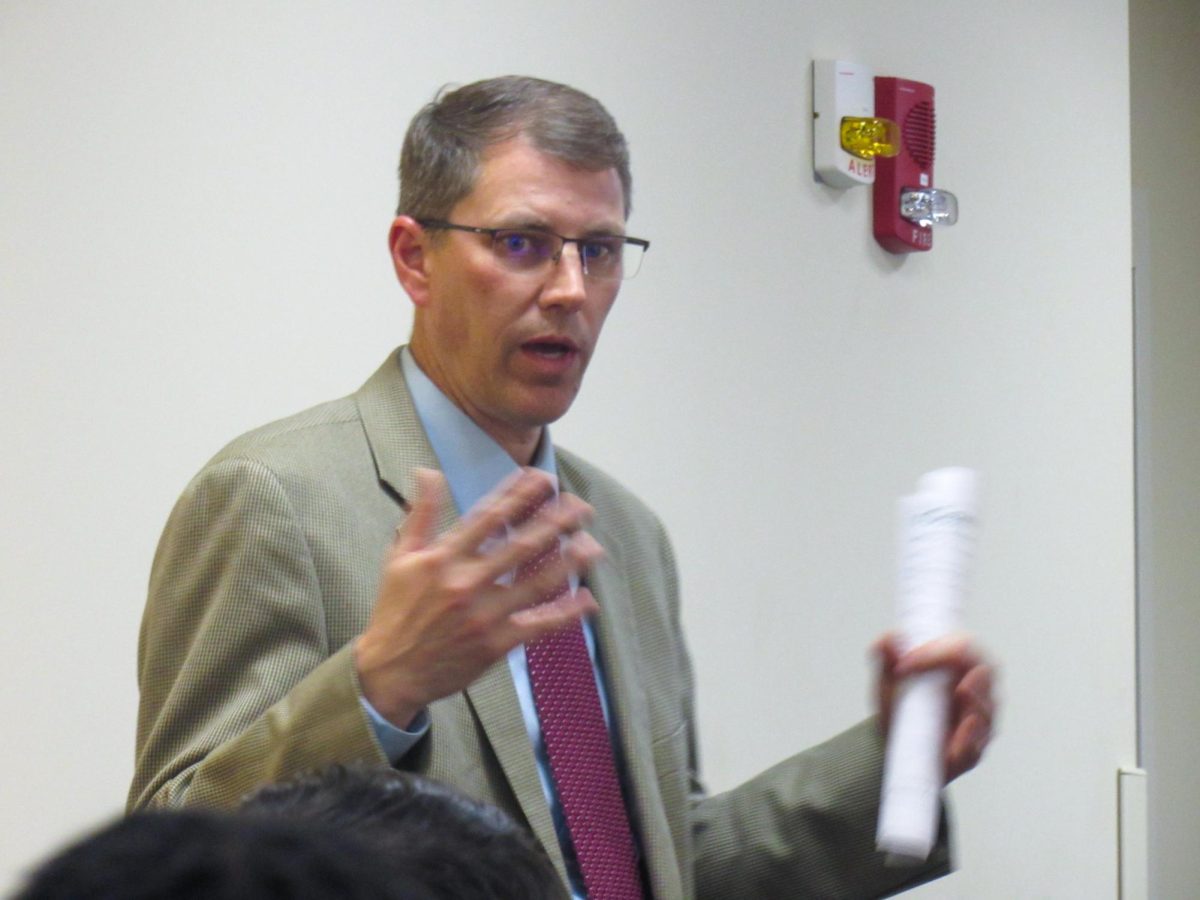
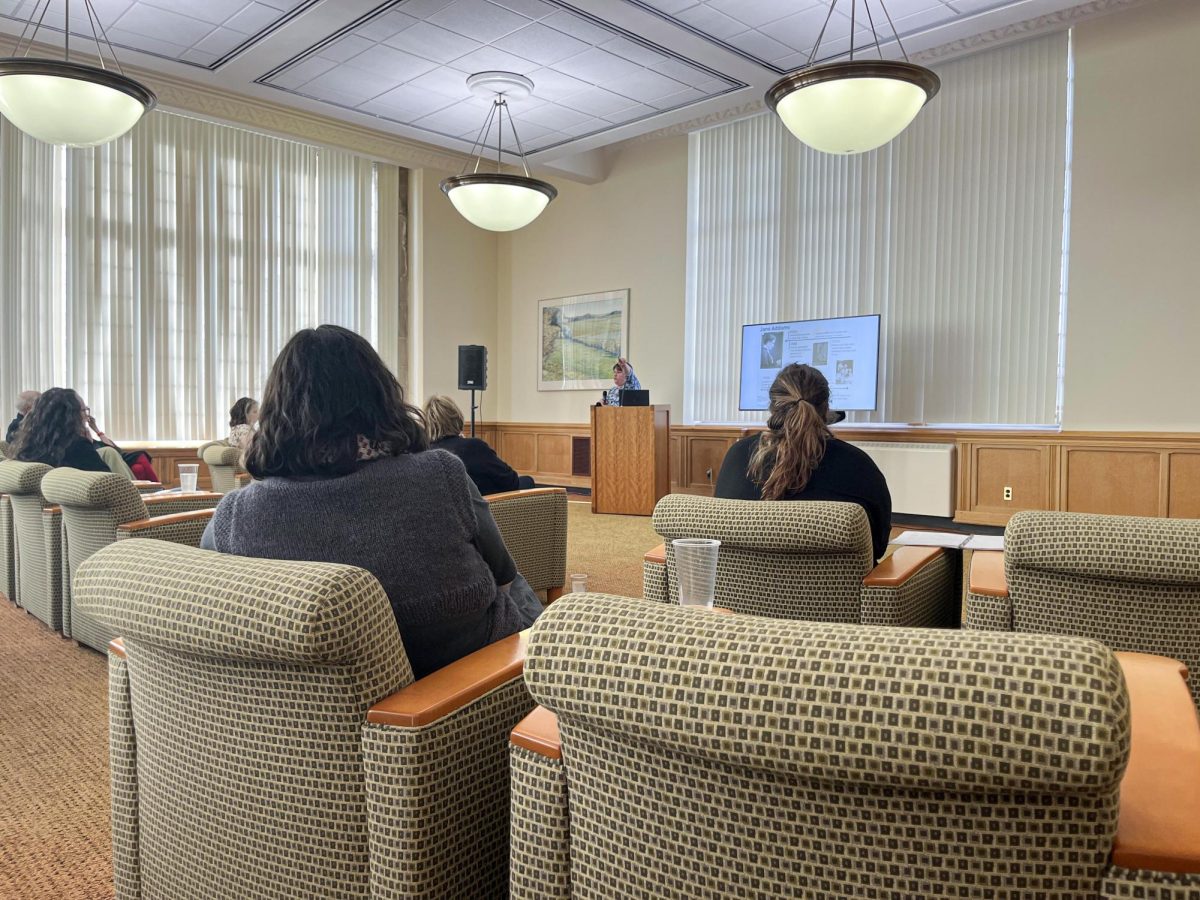





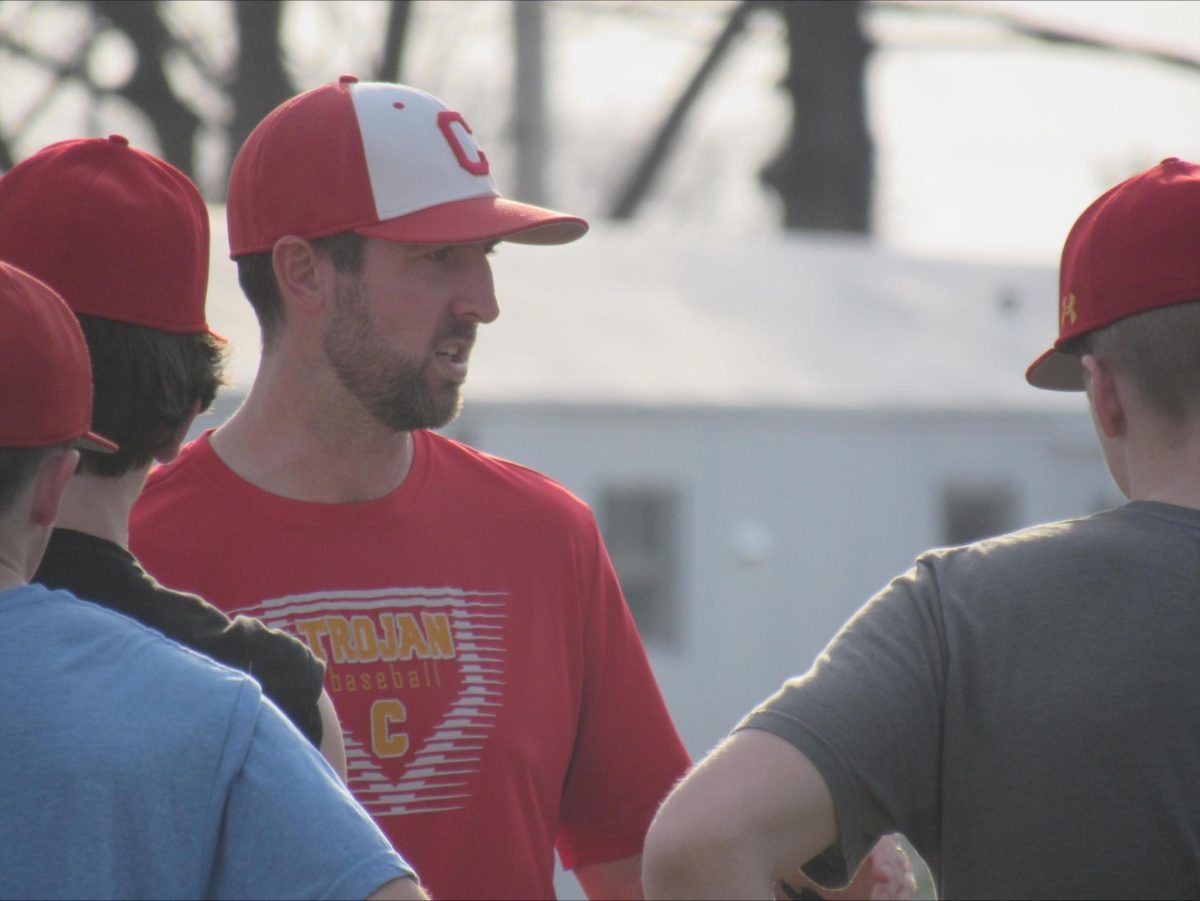
![[Thumbnail Edition] Eastern Illinois University baseball's hitting coach and recruiting coordinator Mike Pugliese urges players on the team to increase their effort after a slow start to its pregame routine at the team's first intrasquad scrimmage of the season at O'Brien Field on Jan. 31, 2025.](https://www.dailyeasternnews.com/wp-content/uploads/2025/03/BB_02_O-1-e1741909628540-1200x702.jpg)
![[Thumbnail Edition] Senior tennis player Luisa Renovales Salazar hits the tennis ball with her racket at the Darling Courts at the Eastern Illinois University campus in Charleston, ILL.](https://www.dailyeasternnews.com/wp-content/uploads/2025/03/Tennis_01_O-1-e1741807434552-1200x670.jpg)
![[Thumbnail Edition] Senior right-handed pitcher Tyler Conklin pitching in the Eastern Illinois University baseball team's intrasquad scrimmage at O'Brien Field in Charleston, Illinois on Jan. 31.](https://www.dailyeasternnews.com/wp-content/uploads/2025/03/TC_01_O-e1741567955534-1200x669.jpg)




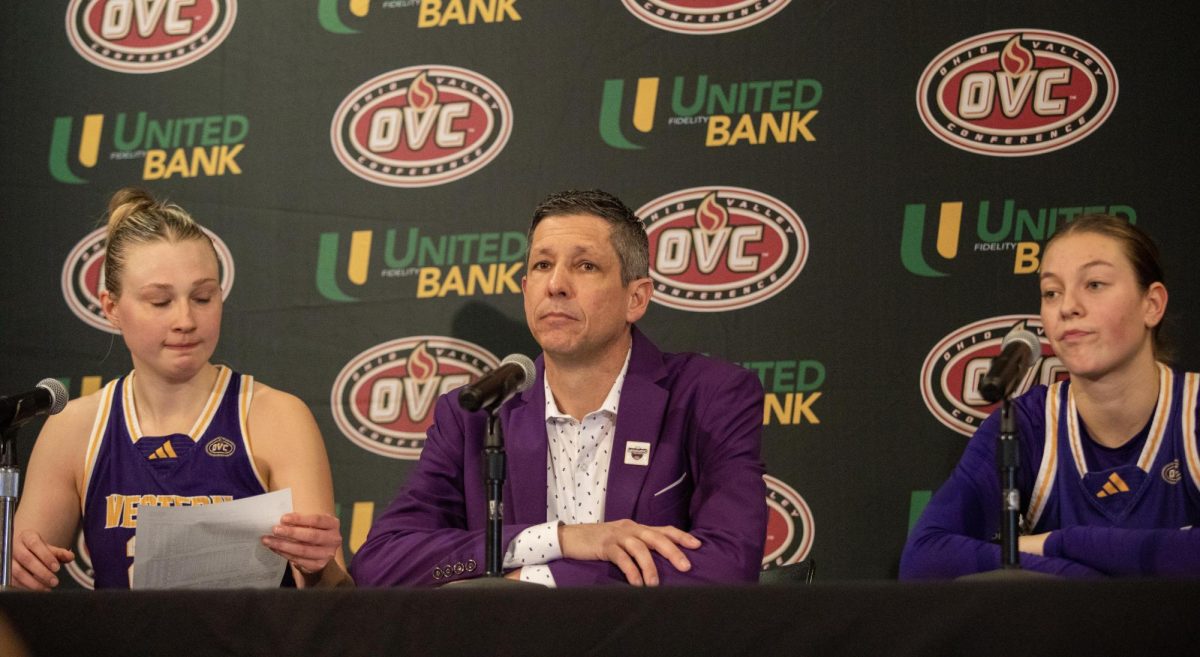
![[Thumbnail Edition] Senior, forward Macy McGlone finds an open teammate to pass the ball too during the game against the Tennessee State Tigers 69-49, in Groniger Arena on the Eastern Illinois University campus, Charleston Ill.](https://www.dailyeasternnews.com/wp-content/uploads/2025/03/WBB_02_O-1-e1741228987440-1200x692.jpg)


















![E[Thumbnail Edition] Eastern Illinois softball freshman utility player Abbi Hatton deciding to throw the softball to home plate in a fielding drill during softball practice at the field house in Groniger arena on Tuesday Feb. 11.](https://www.dailyeasternnews.com/wp-content/uploads/2025/03/SB_03_O-e1741208880750-1-e1741209739187-1200x815.jpg)

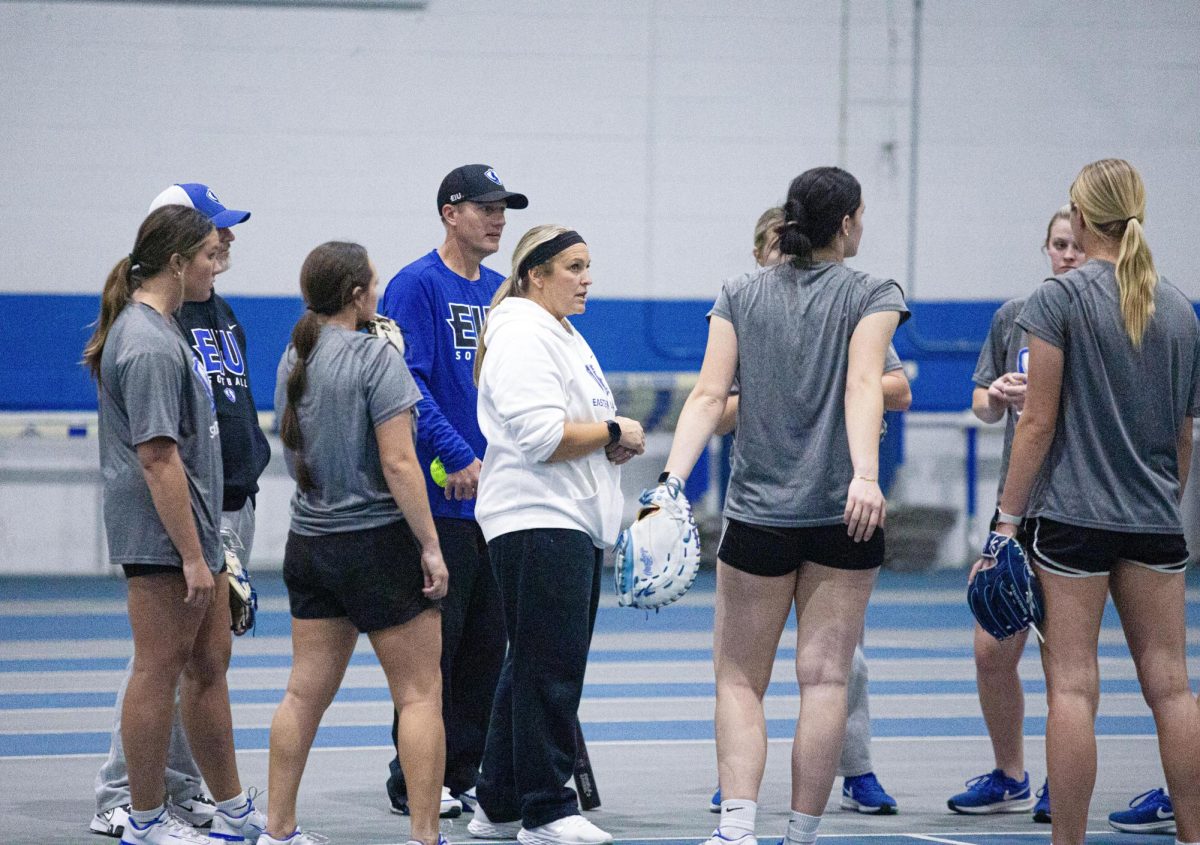













![The Weeklings lead guitarist John Merjave [Left] and guitarist Bob Burger [Right] perform "I Am the Walrus" at The Weeklings Beatles Bash concert in the Dvorak Concert Hall on Saturday.](https://www.dailyeasternnews.com/wp-content/uploads/2025/03/WL_01_O-1200x900.jpg)
![The team listens as its captain Patience Cox [Number 25] lectures to them about what's appropriate to talk about through practice during "The Wolves" on Thursday, March 6, in the Black Box Theatre in the Doudna Fine Arts Center in Charleston, Ill.](https://www.dailyeasternnews.com/wp-content/uploads/2025/03/WolvesPre-12-1200x800.jpg)





















